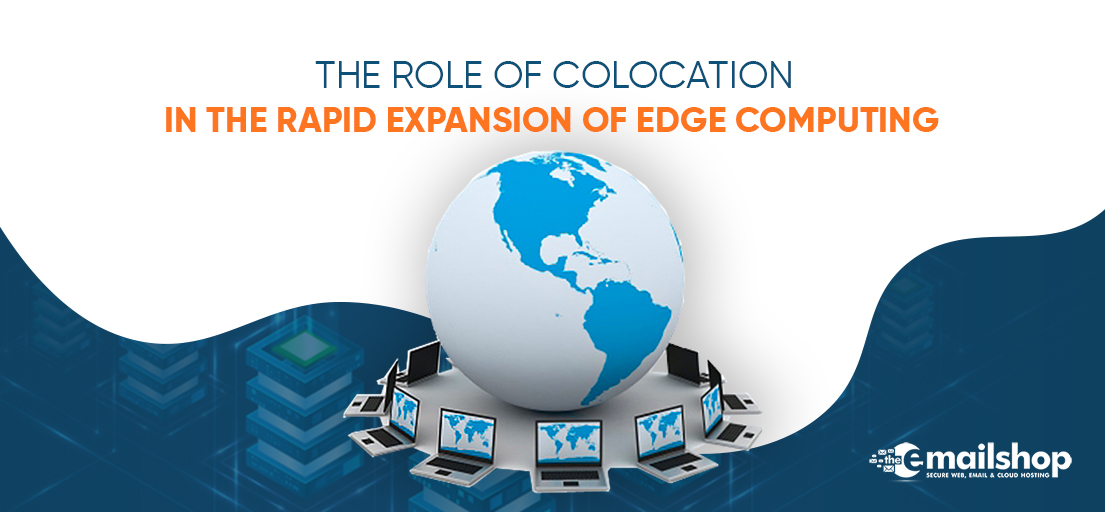Edge computing has become more popular as an outcome of the need for faster and more effective data processing as technology develops. Decentralized edge computing reduces latency and improves performance by moving computing resources closer to the data source or end users. Colocation facilities have become a crucial facilitator for the quick growth of edge computing as a result of this paradigm shift, which has made it necessary for the construction of strategic infrastructure. In this article, we explore the special function of colocation in the context of edge computing and examine how it speeds up the provision of smooth, effective, and responsive services to users.
Understanding Edge Computing
Edge computing is a distributed computing paradigm that substantially reduces the distance and time that data needs to travel to reach centralized data centers by delivering data processing close to end users and devices. When compared to traditional cloud computing, which places data processing in large, central data centers, edge computing decentralizes the process by bringing computational resources closer to the data source or end user.
The Rise of Edge Computing
Edge computing has become more prevalent as a result of the expansion of IoT devices, autonomous vehicles, augmented reality software, and other data-hungry technologies. Due to latency problems brought on by data traveling great distances, these new apps require rapid replies and smooth interactions, which traditional cloud architectures find difficult to deliver. Edge computing has become the preferred option for a wide range of sectors as a result.
Colocation: A Crucial Component
The rapid growth of edge computing is largely due to colocation, the practice of storing the IT equipment of several clients in a single data center. Colocation facilities provide an appealing option to build up private data centers for individual organizations by offering physical space, electricity, cooling, and networking services. This shared model improves operating efficiency while simultaneously lowering capital expenses.
Proximity to End-Users
The ability to place data centers close to end users and data sources is one of the key benefits of colocation in edge computing. When colocation facilities are purposefully positioned close to user-rich locations, such as metropolitan centers, factories, and transportation hubs, the physical distance between data processing and the end user is greatly decreased. There is less latency because of the close proximity, which results in speedier response times and a better user experience.
Network Edge Optimization
Strong, low-latency networks connect colocation facilities, allowing for direct access to important internet exchanges and network service providers. Data may move between edge computing nodes and end users effectively to this network edge optimization. As a result, data processing is optimized and there are few delays caused by the need to travel over complicated and lengthy paths.
Scalability and Flexibility
For edge computing to grow so quickly, colocation data centers’ scalability and flexibility are essential. Colocation service providers may easily scale up their infrastructure to meet the rising demands as the need for edge computing resources grows. These industries that experience seasonal peaks or unexpected increases in data processing demand would particularly benefit from this adaptability.
Reliability and Redundancy
Colocation facilities are built with strong redundancies to guarantee the highest level of uptime and dependability. Enhancing data resilience and disaster recovery capabilities involves the planned deployment of several edge data centers across various geographic regions. By reducing the chance of service interruptions, this level of redundancy ensures mission-critical applications continue to run without interruption.
You May Also Like to Read: How Colocation Reduces Risk in Hybrid Environments
Concluding Thoughts
The rising deployment of edge computing across businesses and the provision of seamless user experiences make colocation a key component. In order to satisfy the demands of today’s data-intensive applications, colocation data centers are strategically positioned close to end users. This minimizes latency and improves responsiveness. The symbiotic link between colocation and edge computing is likely to usher in a new era of interconnectedness and efficiency, revolutionizing the way people interact with technology as edge computing continues to transform the IT environment.
If you are looking for an edge colocation partner in the area, you need to consider the capabilities offered by Email Shop. Our carrier-neutral edge colocation data centers are designed to meet the needs of all types of bandwidth-intensive businesses.
Interested in Edge Colocation? To get started with edge colocation, get in touch with one of our managed colocation experts.
For Discount and Offers, Visit our Official Twitter Page









